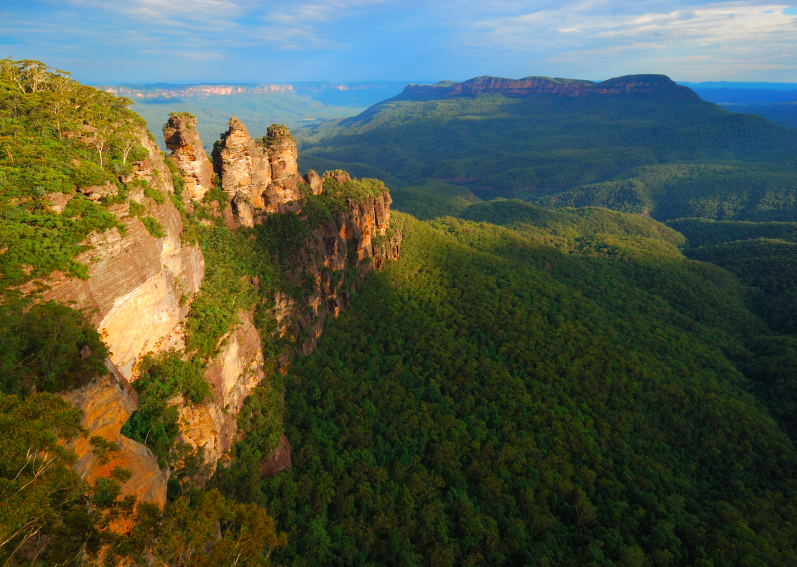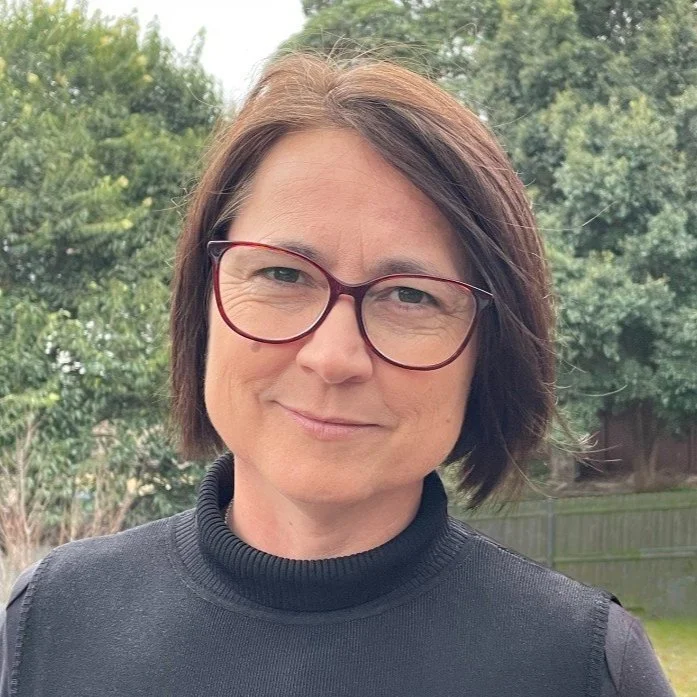Videos are now available of the seminars delivered over a free weekend event co-hosted with the Blue Mountains Cultural Centre, celebrating and showcasing the eco-arts in the Blue Mountains and beyond.
This event included the launch of the Recovery exhibition - the culmination of a collaboration between artists and citizen scientists exploring human responses to and the recovery of nature after the devastating fires of 2019/20.












